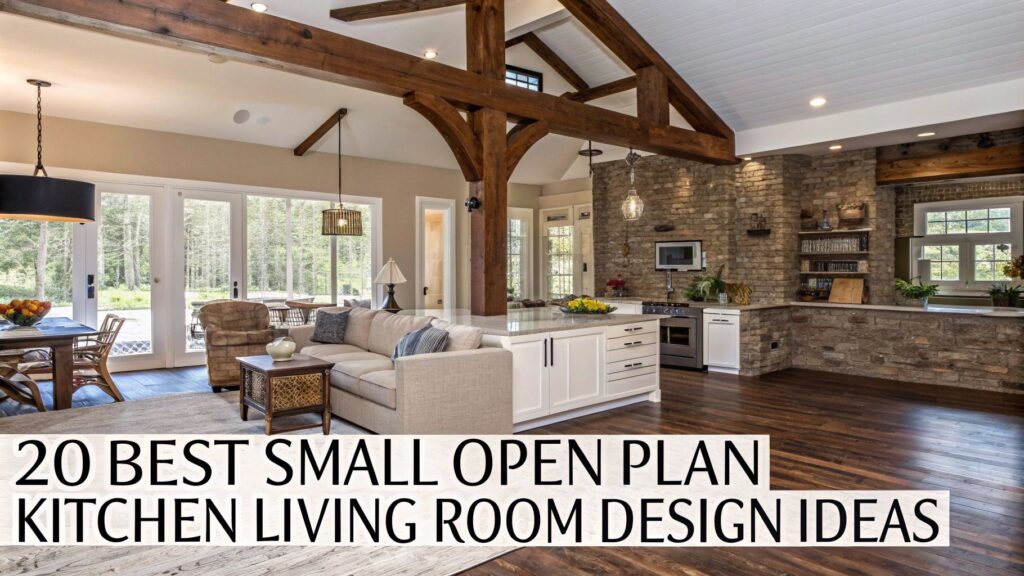
The concept of open-plan living has revolutionized modern home design, particularly in smaller spaces where every square foot counts. By breaking down traditional walls between kitchen and living areas, we create multifunctional spaces that enhance daily life while maximizing available room. This comprehensive guide explores proven strategies to create a cohesive, functional, and stylish open-plan environment.
Smart Layout Solutions
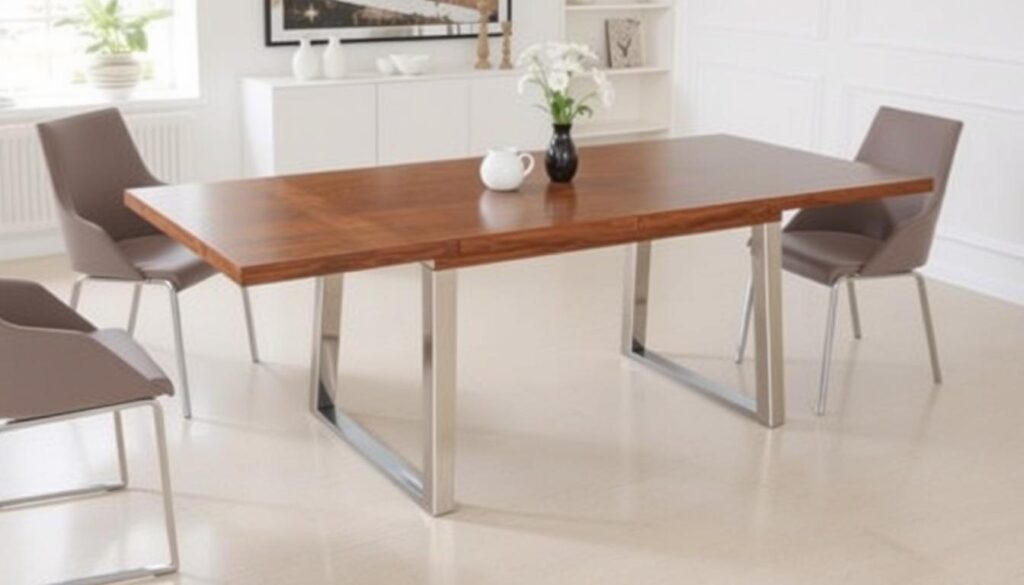
The cornerstone of successful open-plan living begins with thoughtful space planning. Start by mapping traffic flows and identifying natural focal points. A versatile dining table with leaves serves as an adaptable centerpiece, expanding for dinner parties and contracting for daily use. This flexibility proves invaluable in smaller spaces where adaptability is key.
Consider creating distinct zones without physical barriers. A carefully positioned white desk and chair can establish a subtle home office nook that blends seamlessly with both kitchen and living areas. The key lies in maintaining visual continuity while defining separate functional spaces.
For maximum efficiency, arrange furniture to create natural pathways between zones. Position larger pieces along walls to maintain open sight lines and consider multifunctional furniture that serves both areas. This approach maximizes space utility while maintaining an open, airy feel.
Lighting Strategies That Unite Spaces
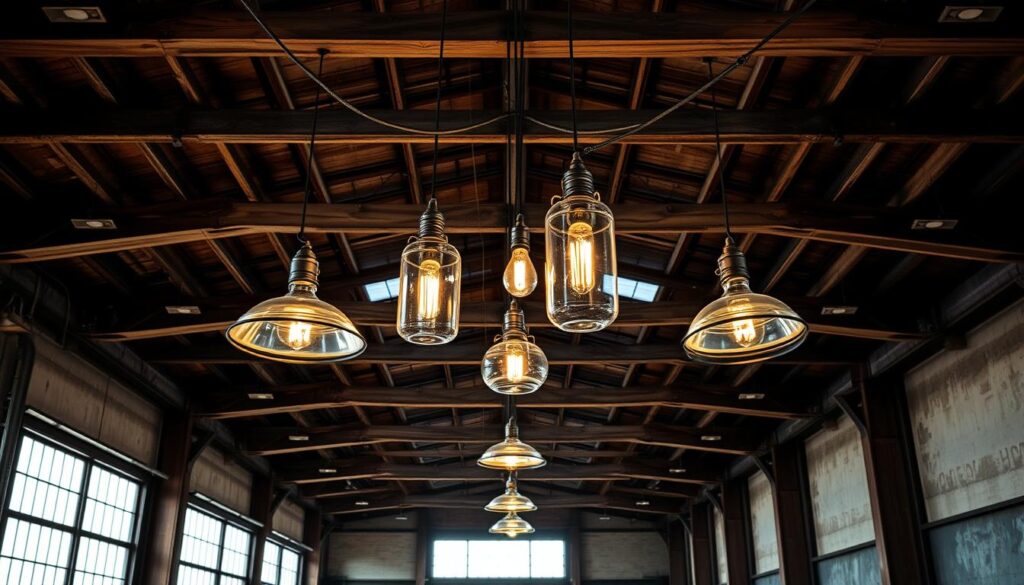
Lighting plays a crucial role in defining and unifying open-plan spaces. Start with a layered approach incorporating ambient, task, and accent lighting. Installing industrial pendant lighting fixtures above kitchen work areas creates visual interest while providing essential task lighting.
Enhance functionality with hardwired under cabinet lighting to illuminate countertops without harsh overhead glare. This subtle addition creates depth and dimension while maintaining a cohesive atmosphere. Consider adding linear LED pendant light fixtures for modern elegance that ties both spaces together.
Strategic placement of mid century modern floor lamp in living areas creates ambient lighting that complements kitchen illumination. The goal of this Small Open Plan Kitchen Living Room Design is to create a seamless transition between spaces while ensuring adequate lighting for different activities.
Color Coordination Techniques
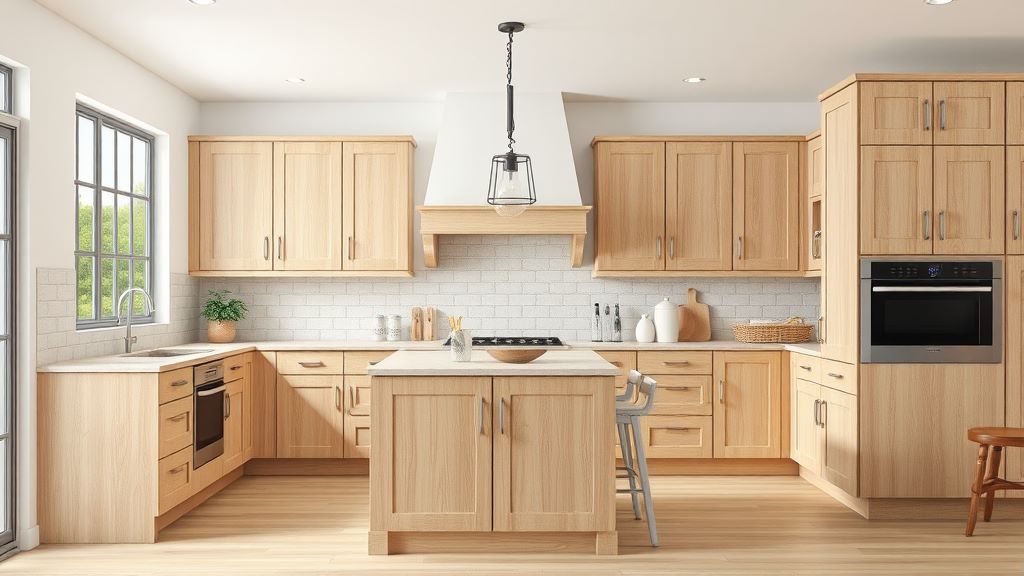
Creating a cohesive color palette unifies open-plan spaces while maintaining visual interest. Begin with a neutral foundation using cream colored kitchen cabinets that provide warmth without overwhelming the space. These versatile tones work beautifully with both modern and traditional décor elements.
Anchor the living area with a black round coffee table that adds contrast while complementing kitchen appliances. Layer in color through accessories and textiles, maintaining a consistent palette throughout both spaces.
Consider using white oak kitchen cabinets to introduce natural warmth that transitions smoothly into living areas. The key is creating visual flow while maintaining distinct zone identities through thoughtful color placement.
Storage Solutions for Open Spaces
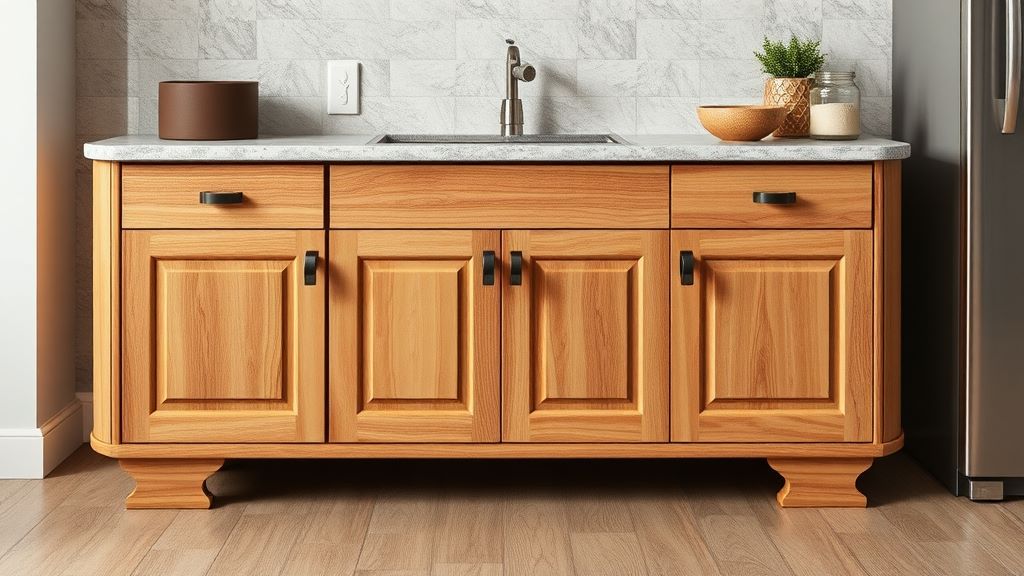
Effective storage solutions maintain organization without cluttering sight lines. Install rotating pull out drawers in kitchen cabinets to maximize corner spaces and improve accessibility. These clever solutions keep essentials hidden yet easily accessible.
Integrate a wall unit with desk that serves multiple functions – storage, display, and work space – while maintaining visual harmony. Consider adding solid wood kitchen cabinet sideboard with granite top for additional storage that bridges both zones beautifully.
For wine enthusiasts, incorporate wall mount wine racks that double as artistic installations. These functional elements add visual interest while maximizing vertical storage space.
Transitional Flooring Ideas
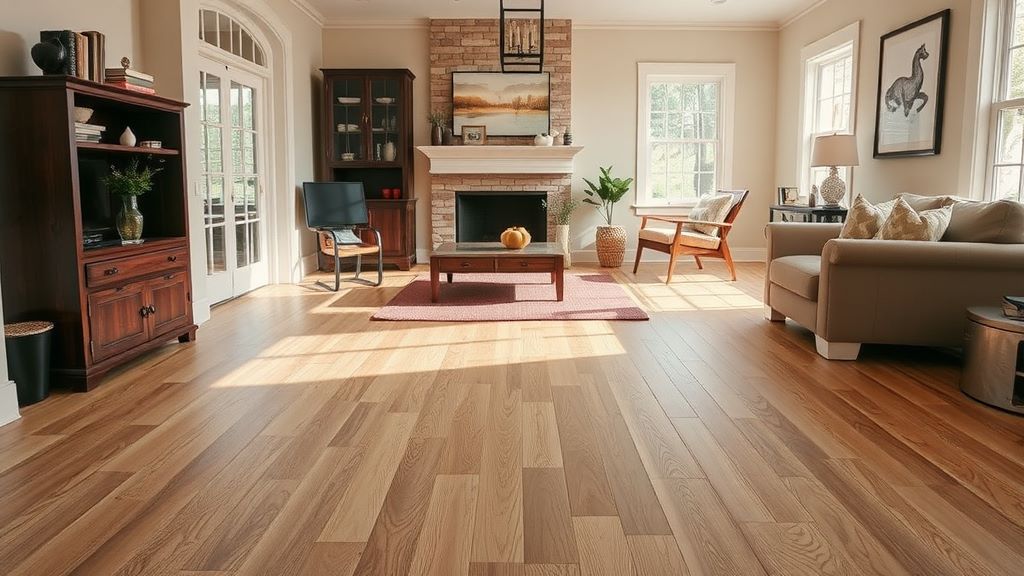
Flooring choices significantly impact open-plan cohesion. Install white oak hardwood flooring throughout to create seamless visual flow. This timeless choice adds natural warmth while providing durability in high-traffic areas.
Consider using large-format tiles or continuous flooring patterns to eliminate visual breaks between zones. The consistent flooring creates a foundation that unifies the space while standing up to varied use patterns in different areas.
Seating Arrangements That Work
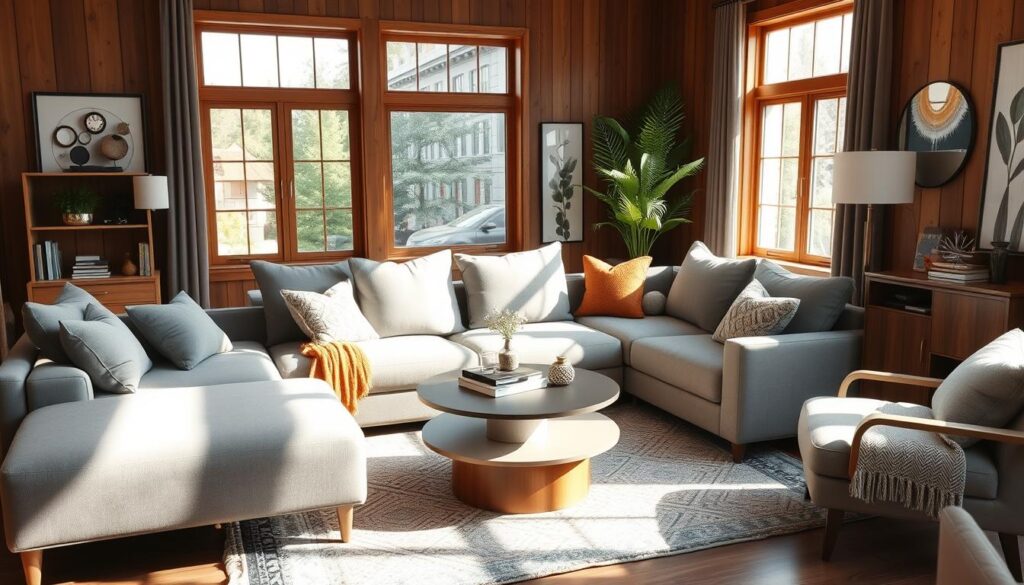
Strategic seating placement creates natural transitions between spaces while maximizing functionality. Position industrial style bar stools at your kitchen island to create casual dining opportunities that don’t interrupt workflow. These elevated seating options serve as a natural bridge between cooking and living areas.
For primary living space seating, consider a sectional couch with ottoman that can be configured to define the living area while maintaining open sight lines. Look for pieces with removable cushion sectional chaise features for easy cleaning and maintenance in busy multipurpose spaces.
Complement main seating with scandinavian design accent chairs that can be easily moved to accommodate different activities. This flexibility allows for intimate conversations or expanded seating during gatherings.
Modern Kitchen Island Features
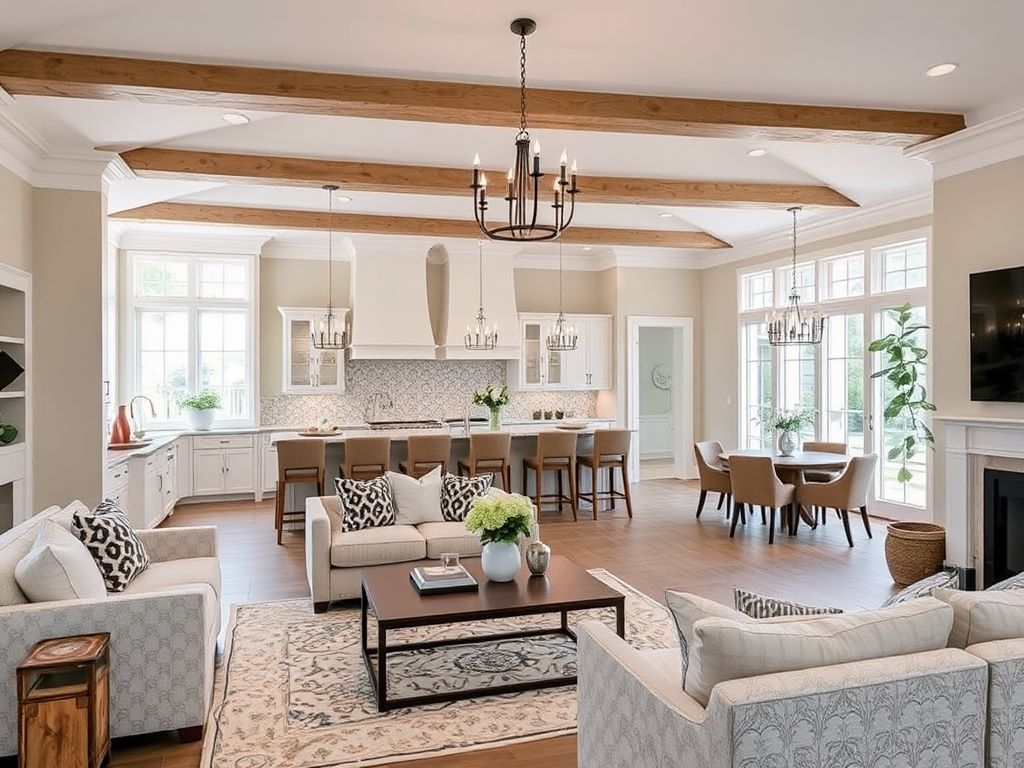
A well-designed kitchen island serves as the heart of open-plan living. Install kitchen island pendant lights to define the space and provide focused task lighting without creating visual barriers. Consider the best wall outlets for your kitchen island to ensure functionality for small appliances and charging devices.
Incorporate a mixture of seating heights around the island to create varied social zones. Add blue metal heavy duty industrial counter stools for durability and style that complements both kitchen and living areas.
Consider including a waterfall countertop edge or decorative panel on the living room side of the island to create an aesthetically pleasing view from all angles.
Living Room Focal Points
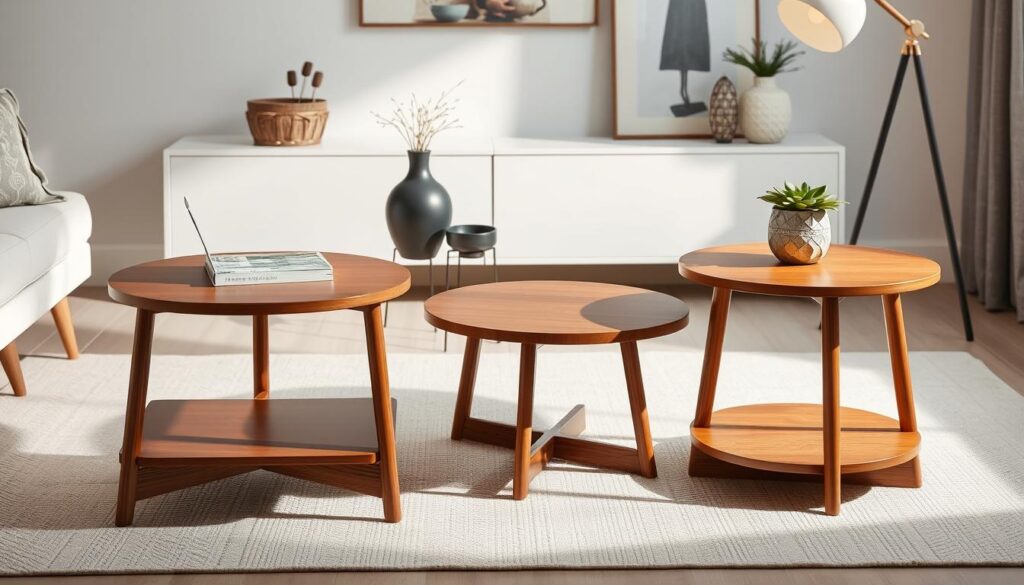
Creating balanced focal points helps define spaces within the open plan. Center the living area around a white pedestal coffee table that adds sculptural interest without overwhelming the space. Flank seating areas with mid century modern end tables for a cohesive look that maintains functionality.
For entertainment centers, consider a tv stand coffee table set that creates a coordinated look while providing essential storage. Position furniture to create conversation areas that don’t compete with kitchen activities.
Maximizing Natural Light

Natural light enhancement plays a crucial role in open-plan success. Minimize window coverings and consider stick on shade bar solutions for adjustable light control without bulky treatments. Add geometric patterned throw blankets and reflective surfaces to bounce light throughout the space.
Position mirrors strategically to amplify natural light and create the illusion of more space. A ploished chrome floor mirror can dramatically increase perceived space while adding decorative appeal to your Small Open Plan Kitchen Living Room Design.
Storage Furniture That Doubles as Decor
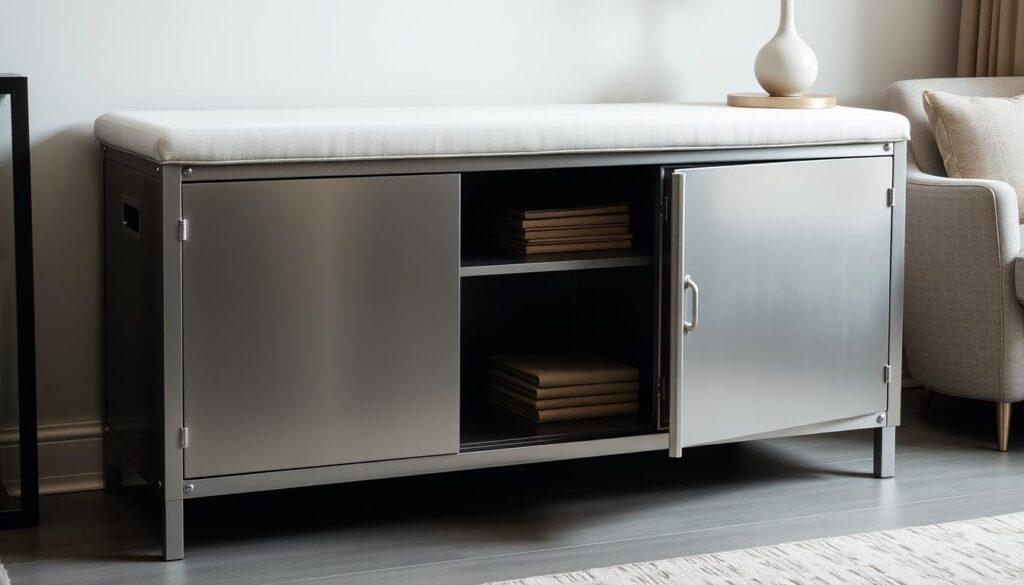
Multi-functional furniture maximizes space efficiency. Incorporate a bar cabinet with wine fridge that serves both storage and entertainment needs while adding sophisticated style. Add metal cabinet with cushion top pieces for hidden storage that doubles as extra seating.
Create display opportunities with mid century modern book shelf units that organize items while adding visual interest. These pieces can effectively zone spaces while maintaining open sight lines.
Defining Zones Without Walls
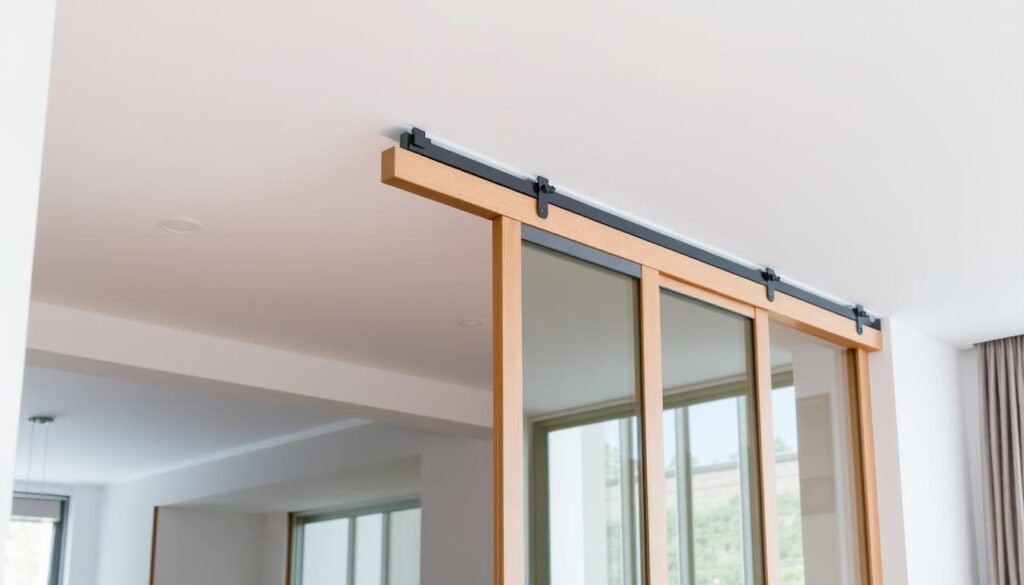
Subtle space definition maintains open-plan benefits while creating distinct areas. Use a dining room bench with back to create natural boundaries between dining and living spaces. Add dining room chairs with cushions for comfortable seating that defines eating areas without blocking views.
Consider using cailing mounted sliding door room divider for flexible space division when needed. These solutions offer privacy options while maintaining the ability to open up the space fully.
Incorporating Natural Elements
Natural materials add warmth and texture to open-plan spaces. Center living areas around a round wood coffee table ball base that introduces organic shapes and materials. Add white oak coffee table pieces to echo kitchen finishes and create material continuity.
Layer in natural textures through hurricane candle holders and botanical elements to soften the transition between zones. These elements add visual interest while maintaining a cohesive natural theme.
Flexible Furniture Solutions

Adaptability is key in open-plan living. Choose a versatile coffee table side table set that can be reconfigured for different activities. Include outdoor drink table pieces that can serve as flexible auxiliary surfaces when entertaining.
Consider furniture with wheels or lightweight pieces that can be easily moved to accommodate different functions and group sizes. This flexibility allows the space to evolve with your needs while maintaining style and functionality.
Bringing It All Together
Successful open-plan living requires thoughtful integration of all these elements. Focus on creating a space that flows naturally while serving multiple functions efficiently. Remember that the key to success lies in balancing aesthetics with practicality, ensuring each zone works independently while contributing to the overall harmony of the space.
By implementing these Small Open Plan Kitchen Living Room Design and choosing versatile, multi-functional pieces, you can create an open-plan kitchen and living space that enhances daily life while maintaining style and functionality. The result is a cohesive environment that adapts to your needs while providing a beautiful backdrop for modern living.



